4 | Distinguishing Between Solutions and Colloids
Distinguishing Between Solutions and Colloids
- Coarse mixtures are quite easy to identify as their non-uniform appearance can be observed with the naked eye.
- Solutions and colloids can be harder to differentiate, as they both appear homogenous with the naked eye, and we don’t always have a microscope on hand to help us.
- One way to distinguish between solutions and colloids is to observe how light passes through them.
- Solutions are transparent, which means they are clear, because light passes easily through them.
- Note, transparent is different to colourless – solutions can be colourless, like methylated spirits, or they can be coloured, like petrol; in both cases, light passes through.

Solutions are transparent (clear).
(Image: LHcheM, Wikimedia Commons)
- Colloids, on the other hand, are opaque, which means they are cloudy, because light does not pass easily through them.
- For example, gels, ink and stained glass all appear homogeneous, but have an opaque appearance.
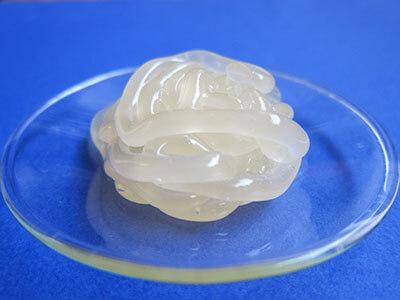
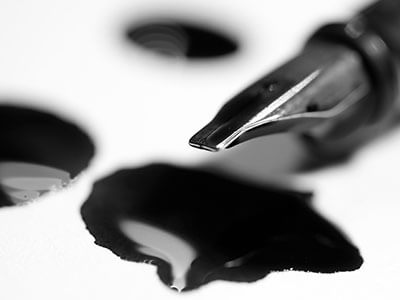
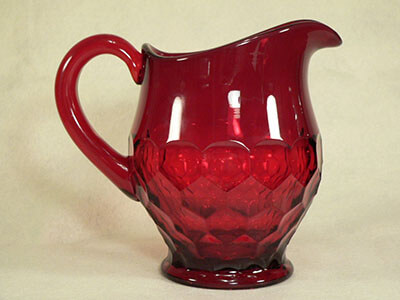
Colloids are opaque (cloudy).
(Images: saponifier, Pixabay; Lolame, Pixabay; Nomoreforme, Wikimedia Commons)
- Another way to distinguish between solutions and colloids is to test whether different phases can be separated.
- One way to test this is to pass the mixture through a fine filter. If nothing gets trapped by the filter, then the mixture is a solution; if some parts get trapped by the filter, then the mixture is a colloid.
- Another way to test this is to spin the mixture very fast in a machine called a centrifuge. If the mixture is a solution, it will look the same after spinning; if the mixture is a colloid, the different phases will separate into layers.
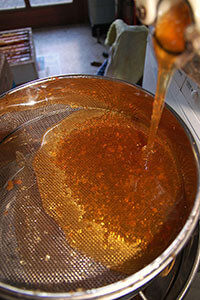
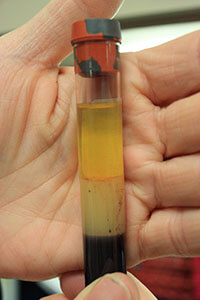
Colloids, such as honey and blood, contain different phases, which can be physically separated.
(Images: Luc Viatour, Wikimedia Commons; Wheeler Cowperthwaite, Wikimedia Commons)

